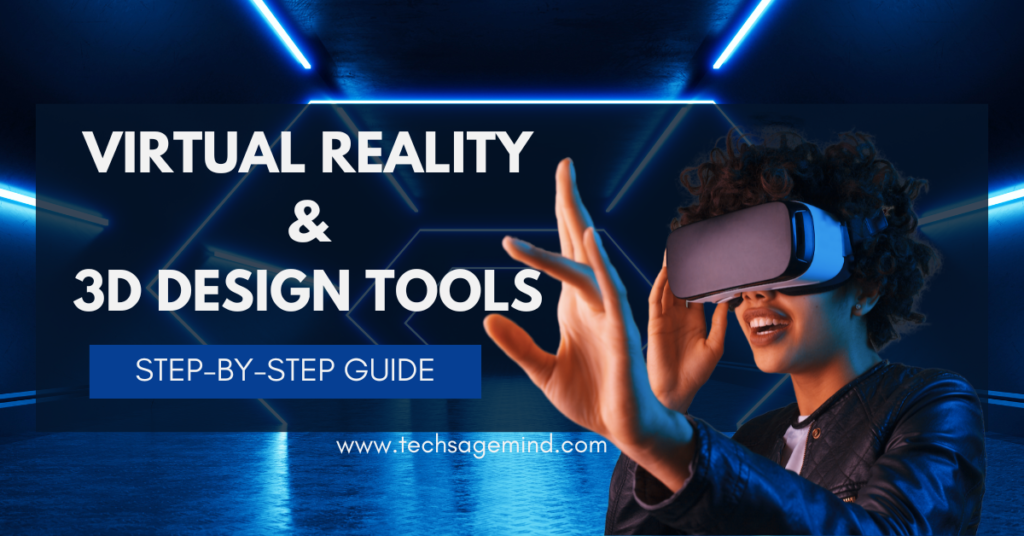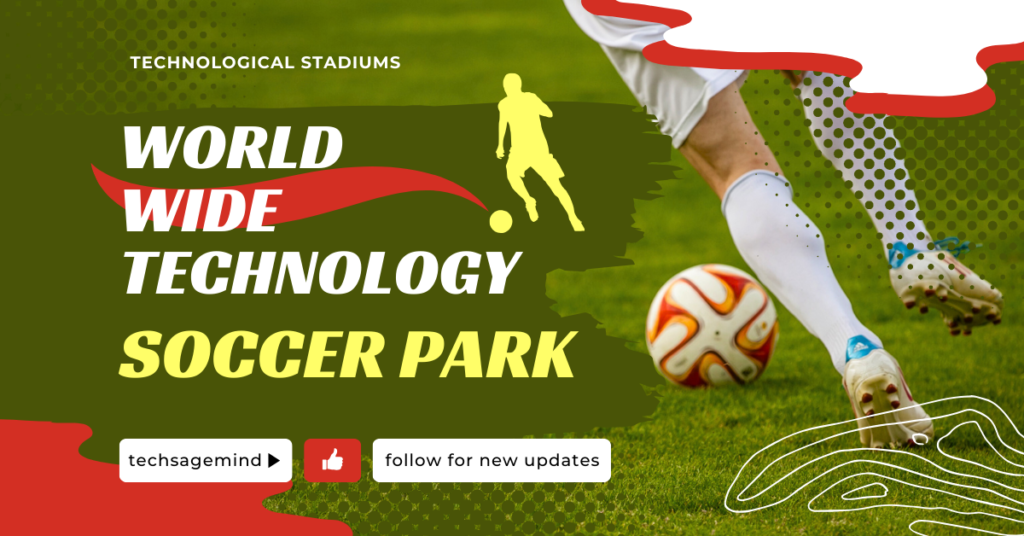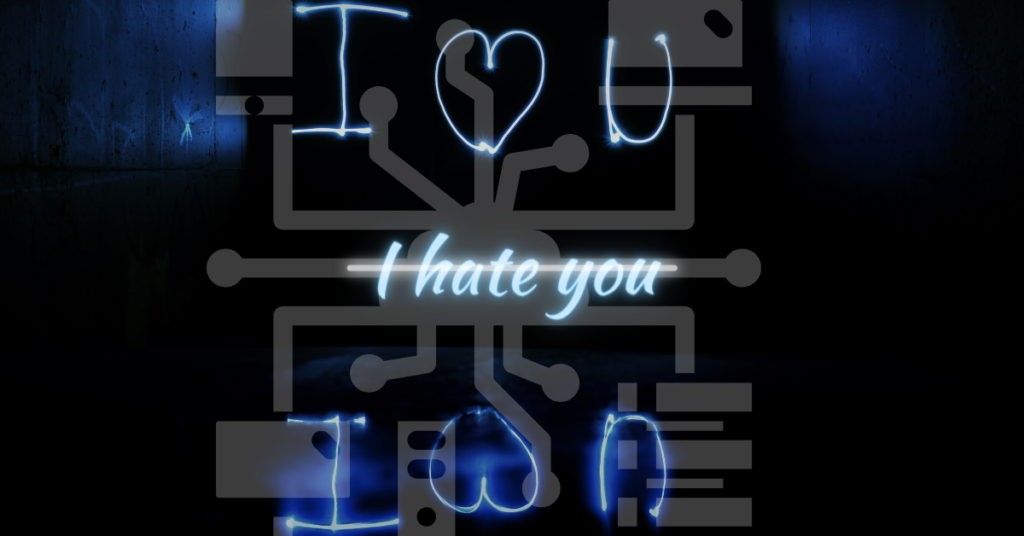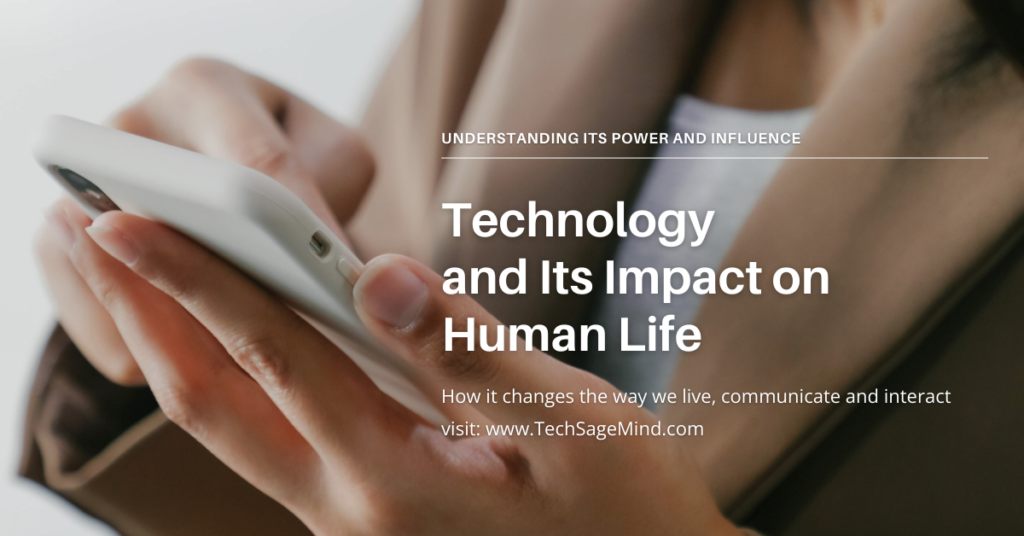Imagine a world where you can design objects, buildings, or even entire environments not just on a screen, but within them, manipulating objects in real-time, experiencing scale and spatial relationships firsthand. This is the exciting reality emerging from the convergence of virtual reality and 3D design tools, revolutionizing the way we design, create, and interact with the world around us.
Introduction:
Virtual reality (VR) and 3D design tools are rapidly reshaping the creative landscape, merging the physical and digital worlds in unprecedented ways. This article delves into this exciting intersection, exploring how VR is transforming 3D design processes, offering designers and artists immersive tools to sculpt, paint, and build in a virtual space.
Sculpting the Future: Exploring the Intersection of Virtual Reality and 3D Design Tools
Virtual Reality: Immersing Yourself in the Creation Process
VR adds a new dimension to 3D design, transporting users into the digital world to interact with their creations in real-time. This immersive experience offers:
- Spatial Understanding: Walk around your designs, inspect them from different angles, and gain a deeper understanding of scale and proportions.
- Intuitive Interaction: Use hand controllers to manipulate objects, creating a more natural and intuitive design process.
- Collaboration in VR: Work together on projects in a shared VR space, fostering communication and feedback.
- Enhanced Prototyping: Test designs for usability and functionality in a simulated environment before physical production.
Popular VR design platforms: Stepping into the Design Canvas:
VR headsets transport users into immersive, three-dimensional environments, blurring the lines between the virtual and the real. This allows designers to:
- Intuitively interact with their creations in 1:1 scale: Walk through a virtual building, examine a product prototype from every angle, or manipulate complex 3D models with natural hand gestures.
- Gain deeper spatial understanding: Experience the true scale and feel of a design, identifying potential issues or opportunities before physical prototyping.
- Collaborate in real-time: Teams can work together on designs in a shared VR space, fostering communication and iteration.
- Gravity Sketch: A powerful VR design tool offering intuitive sculpting and sketching capabilities.
- Tilt Brush: A VR painting and sculpting app ideal for creating artistic and conceptual models.
- Unreal Engine & Unity: Game development engines that also offer VR design capabilities for immersive experiences.
- Dassault Systèmes 3DEXPERIENCE: An industrial design platform with integrated VR capabilities for collaborative product development.
A Spectrum of VR Design Tools:
The VR design tool landscape is rapidly evolving, offering diverse options for various needs and budgets:
- High-End Tools: Professional platforms like Gravity Sketch and VIVE Pro offer robust features for creating complex models, sculpting organic shapes, and collaborating in high-fidelity environments.
- Accessible Options: Platforms like Oculus Quill and Tilt Brush provide intuitive interfaces and creative tools for sketching, painting, and sculpting in VR, catering to both beginners and experienced designers.
- Industry-Specific Tools: Specialized VR tools are emerging for architecture, engineering, and product design, offering features tailored to specific workflows and needs.
3D Design Tools: Building the Blocks of Imagination:
3D design software empowers users to create and manipulate digital models, ranging from simple objects to complex structures. These software programs allow users to manipulate virtual objects in 3D space, enabling:
- Direct manipulation of 3D models: Sculpt, paint, and modify models directly in VR, using intuitive gestures and tools.
- Visualization of complex designs: Immerse yourself in intricate models, understanding intricate details and potential challenges before physical fabrication.
- Integration with diverse workflows: VR seamlessly integrates with existing 3D design software, allowing for a hybrid approach that leverages the strengths of both.
- Intuitive Design: Sculpt, model, and texture objects with tools replicating real-world interactions.
- Precise Control: Fine-tune designs with millimeter precision, ensuring accuracy and detail.
- Collaboration: Work together on projects in real-time, regardless of location, fostering seamless teamwork.
- Prototyping and Visualization: Create realistic prototypes and simulations, testing functionality and aesthetics before physical production.
- Autodesk Maya & 3ds Max: Industry-standard tools used for complex animation, film, and game development.
- Blender: A powerful, free and open-source option favored for its versatility and customization.
- ZBrush: A sculpting software ideal for creating organic shapes and characters.
- Tinkercad: A beginner-friendly platform perfect for learning the basics of 3D design.
Beyond Modeling: VR’s Expanding Role:
While VR excels in 3D modeling, its impact extends beyond:
- Prototyping and testing: VR prototypes allow users to interact with designs realistically, identifying usability issues and making adjustments before physical prototypes are built.
- Visualization and communication: Clients and stakeholders can experience immersive walkthroughs of designs, enhancing understanding and decision-making.
- Marketing and storytelling: VR experiences can showcase designs in unique and engaging ways, captivating audiences and promoting products effectively.
A Symbiotic Relationship: Unleashing Design Potential:
The combined power of VR and 3D design tools unlocks exciting possibilities across various industries:
- Architecture and Engineering: Design buildings, bridges, and other structures in VR, experiencing spatial relationships and collaborating with stakeholders.
- Product Design: Prototype and test physical products in VR, refining ergonomics, functionality, and user experience before production.
- Entertainment and Gaming: Create immersive virtual environments, characters, and props, bringing stories and games to life.
- Education and Training: Train medical professionals on complex procedures or immerse students in historical simulations, enhancing learning experiences.
Unlocking a New Dimension:
Traditional 3D design software confines users to flat screens, limiting their spatial understanding and interaction with their creations. VR removes these barriers, transporting designers into the heart of their models, allowing them to:
- Navigate and interact in real-time: Walk through virtual buildings, examine intricate details, and make intuitive design decisions based on a full-scale, immersive experience.
- Collaborate in real-time: Teams can work together in shared VR environments, discussing design choices, making edits, and providing immediate feedback, enhancing collaboration and communication.
- Boost design intuition and empathy: Designers can experience their creations from the user’s perspective, fostering empathy and leading to more user-centric designs.
The Power of the Duo: Transforming Industries
The combined power of VR and 3D design tools is impacting various industries:
- Architecture: Design buildings, walk through virtual models, and collaborate with clients in VR for improved communication and decision-making.
- Product Design: Create realistic prototypes, test ergonomics, and iterate designs faster with VR, reducing development costs and time.
- Engineering: Design complex machinery, visualize assembly processes, and train technicians in VR for more efficient and safe operations.
- Entertainment: Create immersive experiences, design virtual worlds, and develop interactive characters for games, movies, and theme parks.
- Education: Explore historical sites, conduct virtual experiments, and learn complex concepts through interactive 3D models and VR experiences.
Challenges and Considerations:
While the possibilities are vast, some challenges need consideration:
- Cost and accessibility: VR headsets and powerful computers can be expensive, limiting accessibility for some users.
- Skill development: Learning to design and navigate in VR requires new skills and user interfaces.
- Standardization and compatibility: Ensuring interoperability between different VR platforms and design software is crucial for widespread adoption.
- Content and Skills: Creating high-quality VR experiences requires specialized skills and readily available content.
- Ethical Concerns: The immersive nature of VR raises privacy and safety concerns that need careful consideration.
- Content creation: Developing high-quality 3D assets for VR environments can be time-consuming.
The Future of Virtual reality:
As virtual reality technology and 3D design tools advances, technology advances, costs decrease, and skills develop,: we can expect to see;
- More affordable and accessible headsets: Opening VR design to a wider audience.
- Enhanced realism and interaction: Haptic feedback and other technologies will create even more immersive design experiences.
- Integration with traditional workflows: VR will seamlessly integrate with existing design software, creating a hybrid workflow.
- More accessible VR hardware and software: Democratizing access to these tools and fostering wider adoption.
- Advanced VR experiences: Hyper-realistic simulations and interactive environments blurring the lines between reality and virtual worlds.
- Integrated design workflows: Seamless integration of VR and 3D design tools into existing design and engineering processes.
Conclusion:
The intersection of VR and 3D design tools offers exciting possibilities for the future of design. By embracing this immersive technology, designers can unlock new levels of creativity, collaboration, and communication, shaping the world around us in innovative and inspiring ways.
This article provides a glimpse into the world of VR design tools. The future of VR and 3D design technology is boundless, and it’s up to designers and artists to explore these tools, pushing creative boundaries, and advocating for accessibility, we can unlock a world where design becomes a truly immersive and collaborative experience, shaping the future for generations to come.
Finally:
The integration of VR and 3D design tools is still in its early stages, but its potential to transform design and creation is undeniable. As technology evolves, costs decrease, and user interfaces become more intuitive, we can expect to see these tools become commonplace, empowering individuals and teams to design the future in ever more immersive and impactful ways.
Note: This article provides a glimpse into the exciting world of VR and 3D.




